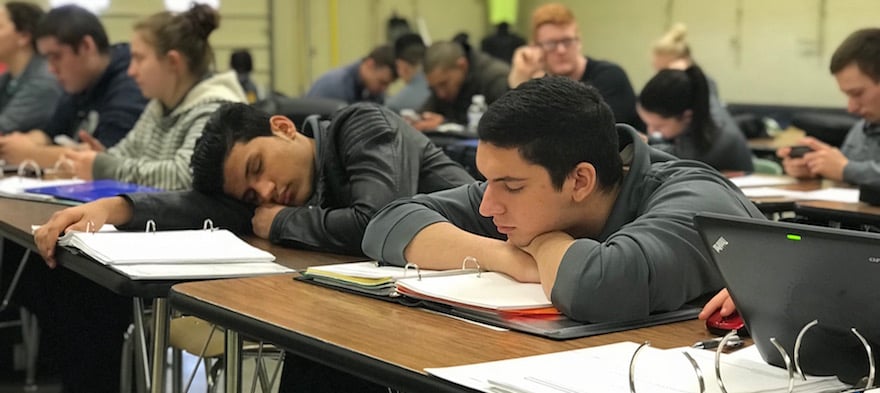
Nov 27, 2018 12:00:00 AM
by Chris Holmes
Chris Holmes is a journalism teacher by training. Holmes helped found a dropout prevention program at a large, suburban high school in St. Louis County. He left two years ago to help found the state’s first private, non-denominational high school for students with learning disabilities. After nearly two decades teaching a variety of adolescents—those at risk of dropping out, kids struggling with social and learning challenges, and scholars gifted with exceptional intellect—Chris Holmes realized they all had one thing in common: an element of apathy preventing them from fully engaging in the learning process. In 2018, he launched a project to identify the roots of student apathy and to learn what schools could do to minimize it. His phenomenological research study—in-depth interviews with dozens of teenagers throughout the country—is shedding light on how to maximize student engagement, learning, and well-being. Every June, Holmes moves to the University of Missouri campus to teach at a residential academy for gifted high school students.
Few issues in education spark more tension and debate than standardized testing. Are they a tool for equity or a burden on students? A necessary check on school systems or a flawed measure of...
Charter schools are public schools with a purpose. Operating independently from traditional school districts, they're tuition-free, open to all students, and publicly funded—but with more flexibility...
Despite the benefits of a diverse teaching force, prospective teachers of color fall out of our leaky preparation pipeline at every stage: preparation, hiring, induction, and retention. Here’s what...
Ed Post is the flagship website platform of brightbeam, a 501(c3) network of education activists and influencers demanding a better education and a brighter future for every child.
© 2020-2025 brightbeam. All rights reserved.
Leave a Comment